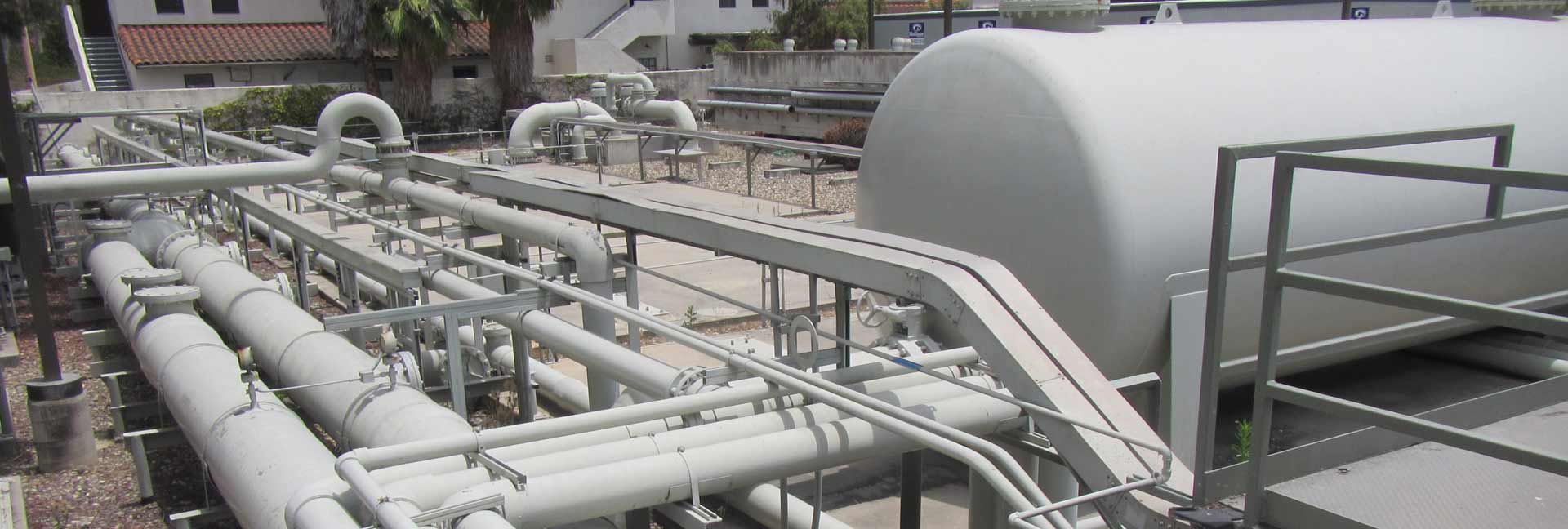In response to recent droughts, some water districts in California decided to pursue desalination as a new source of supply to compensate for the shortfall of surface water supplies. The City of Santa Barbara constructed a desalination plant in response to the drought of 1986-1991 at a cost of $34 million, but shortly after construction was complete in 1992, the drought ended and the high cost of desalinated water made it economically inviable, so the City promptly decommissioned the plant.
Then, in the thick of the 2012-2019 drought, the City decided to recommission its mothballed desalination facility. The reactivation was initially estimated to cost $20 million, but by the time it was complete in 2017, the cost had climbed to more than $72 million. This makes desalination the City’s most expensive source of water, costing $4.2 million in annual debt service plus an additional $4.1 million a year to operate at its current capacity of 3,125 acre-feet per year (AFY), for a total of nearly $2,700 per acre-foot. (3,125 AFY is equivalent to 3 million gallons per day, approximately 30% of the City’s demand.)
Unfortunately, ocean desalination has major environmental impacts. The primary reason for its exorbitant cost is because it requires an enormous amount of energy to produce. When the City reactivated the desal plant, its energy use increased by MORE THAN 50%, causing a significant increase in greenhouse gas emissions. In addition, most older desalination facilities, including Santa Barbara’s, use open ocean intakes to draw seawater into the plant, which also suck in and kill massive amounts of marine life in the process. Finally, desalination also produces concentrated brine, which is dumped back into the ocean along with a stew of chemical additives and is toxic to marine life.
There are, however, several operational, design, and technological measures available to reduce the marine impacts of desalination. In particular, subsurface intakes can virtually eliminate the death toll on marine life, as they extract seawater from beneath the seafloor or beach. The sand acts as a natural filter, providing a level of pre-filtration that can reduce chemical and energy use and long-term operating costs. In addition, the use of brine diffusers and pre-discharge dilution with wastewater can help to minimize the negative impacts of concentrated brine discharges to the ocean. The State of California enacted a policy in 2015 which effectively requires all new and expanded desalination facilities to use these less harmful measures to minimize their environmental impacts.
Santa Barbara Channelkeeper is the sole environmental advocate that has voiced concerns about desalination. We’ve urged the City of Santa Barbara and other local water districts to only consider desalination as a last resort after other, less expensive and less environmentally harmful options – like increased conservation and efficiency, stormwater capture, and recycled water – are fully exhausted. Then, if desalination is still needed to satisfy any remaining shortfall in supply, we’ve urged the use of best available technologies and mitigation to minimize the significant environmental impacts. We also convinced the Regional Water Board to require the City to conduct studies analyzing the feasibility of subsurface intakes as well as of potable reuse as alternatives to desalination with open ocean intakes.
Read our blog about how a “Backroom Deal Could Saddle Santa Barbara with Dirty Desal for 40 Years.”
